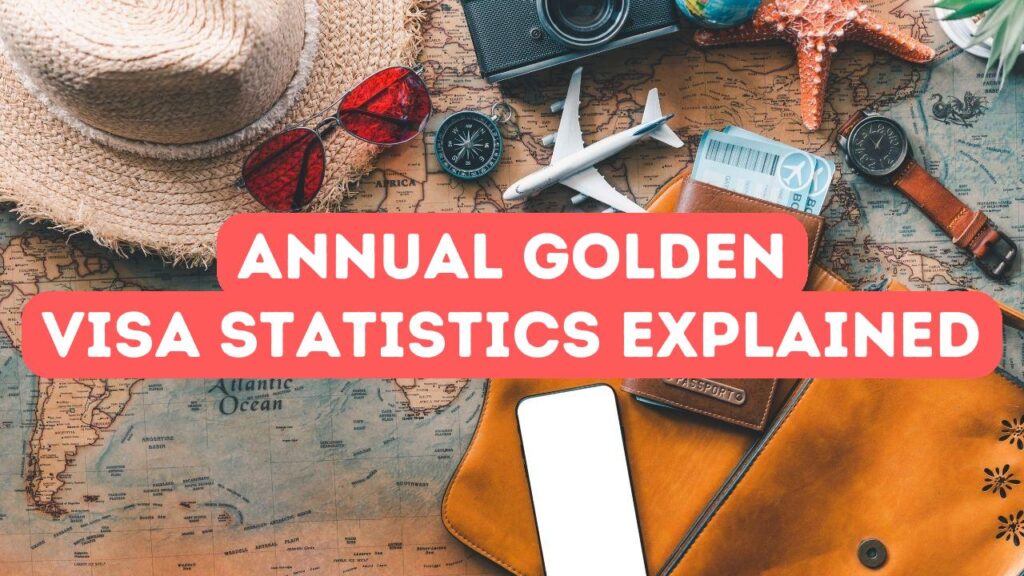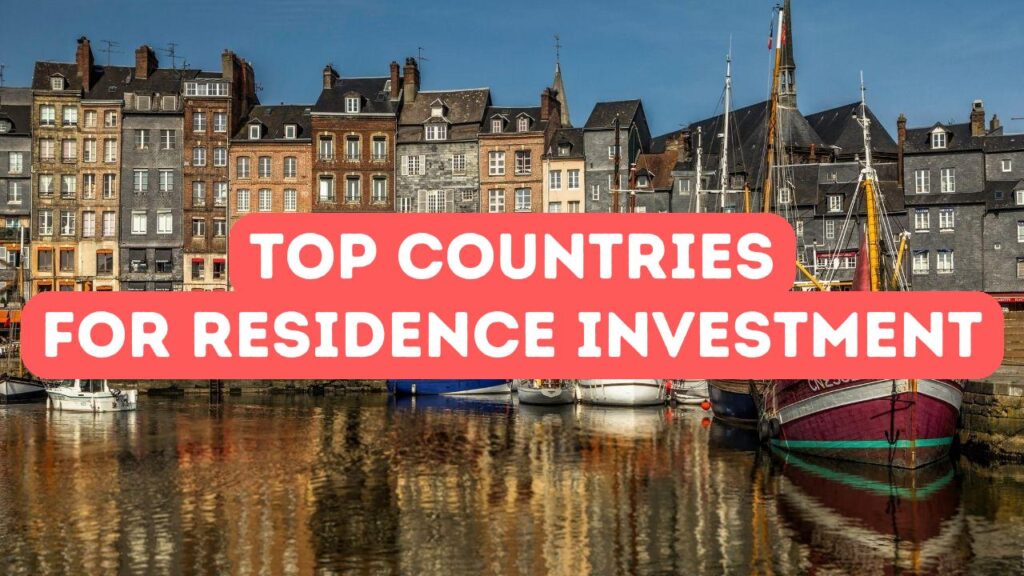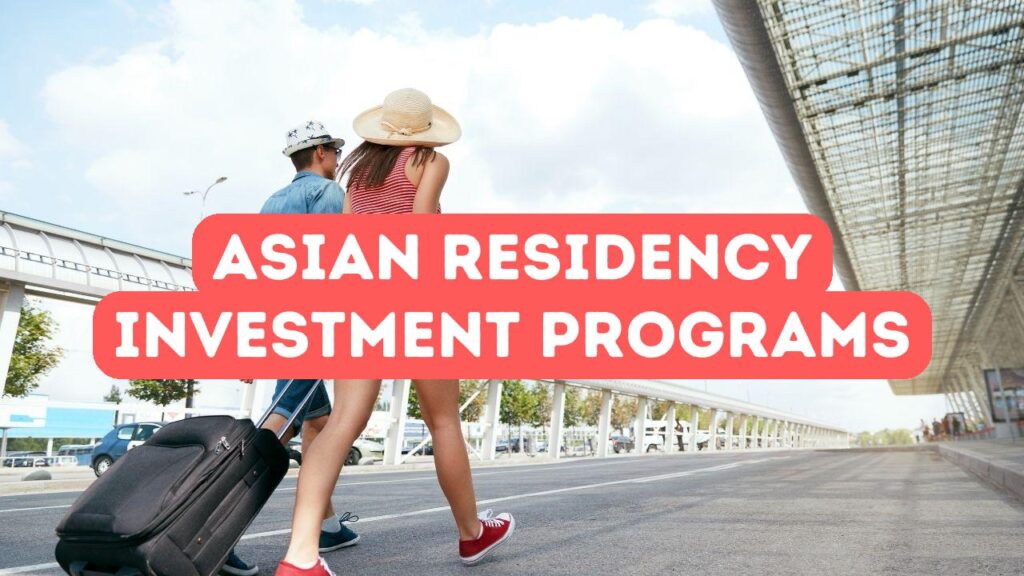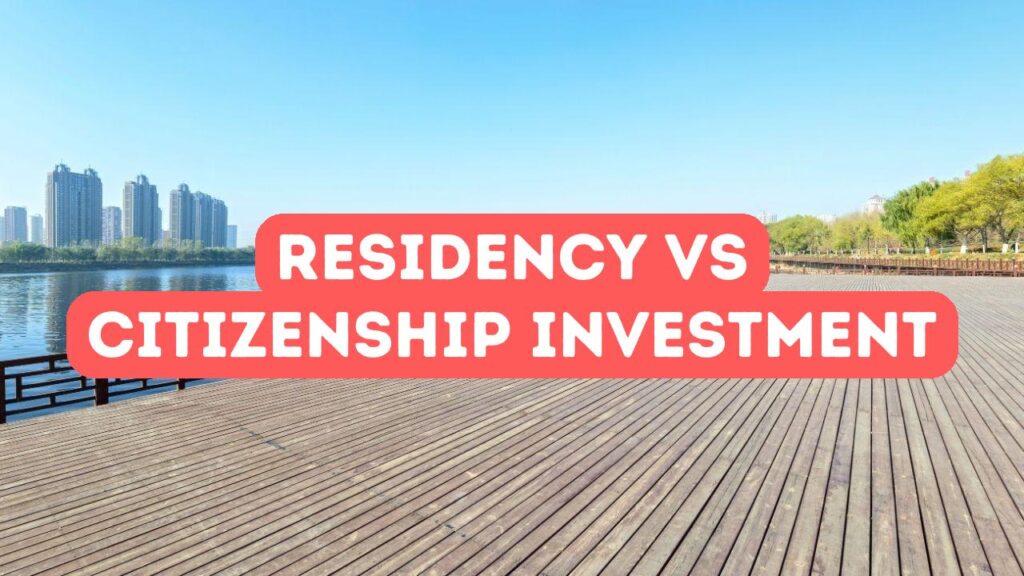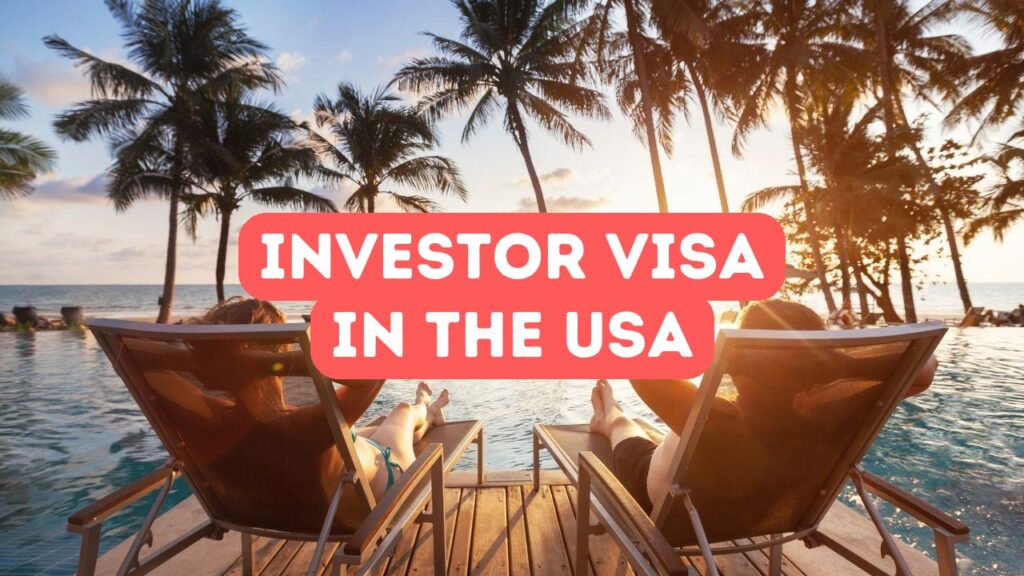How many people get golden visas each year? Digging into golden visa statistics can feel a bit like piecing together a jigsaw puzzle. Each year, countries roll out their golden visa programs, offering investors a chance to gain residency or citizenship. But how many truly seize this golden opportunity? Annual golden visa numbers vary dramatically across the globe. Some nations invite only a handful; others welcome thousands. Immigration investment is an appealing path for many, but who gets golden visas frequently? It’s often those seeking an advantageous gateway to new opportunities. Understanding these statistics is crucial for anyone considering this path or simply curious about global migration trends. Whether you’re eyeballing Europe or eyeing Asia, knowing the numbers offers insight into which programs are soaring and which are stagnating. This could make all the difference in your immigration journey or investment planning. Let’s explore the trend more deeply.
Understanding the Popularity of Golden Visa Programs
Golden visa programs have surged in popularity due to their enticing blend of residency perks and investment opportunities. But what fuels this allure? Much of it hinges on the flexibility and security these programs offer. People from all corners of the world embark on this immigration investment to bolster their financial portfolios and secure a stable future. They’re drawn by the promise of new horizons, from the sun-kissed Mediterranean to the bustling heart of Asia. Who gets golden visas frequently? Often, it’s those with an eye for strategic growth and global mobility. But digging into golden visa statistics reveals even more—it uncovers a landscape where annual golden visa numbers tell stories of emerging markets and shifting global dynamics. Whether it’s the tax advantages or lifestyle upgrades, the pull of golden visas is hard to resist.
Understanding the popularity of golden visa programs requires a look at the numbers—golden visa statistics often serve as the compass for discerning global migration patterns. We see that countries with appealing climates, robust economies, and political stability often see higher annual golden visa numbers. What draws individuals to these programs isn’t just the promise of a piece of paper but a life enriched with new possibilities. The Mediterranean countries, for example, have become magnets for those chasing sun-drenched beaches and economic prospects. Meanwhile, bustling Asian hubs attract those who crave both cultural richness and economic opportunity. But who gets golden visas frequently? It’s the savvy investors who recognize immigration investment as a portal to a world teeming with potential. For them, these statistics map the terrain of growth and opportunity, illuminating paths less traveled. Indeed, understanding this landscape is as much about numbers as it is about the stories behind them.
Golden visa statistics offer more than just numbers—they provide a snapshot of global trends and personal aspirations. By focusing on annual golden visa numbers, we uncover which destinations have gained favor and why. Countries like Portugal and Greece have crafted golden visa programs that appeal to those seeking a blend of leisure and long-term security. Their favorable immigration investment conditions create an inviting atmosphere for those who frequently pursue such opportunities. But who gets golden visas frequently in this competitive environment? It’s the investors who carefully assess economic landscapes and find countries that align with their strategic goals. These statistics show a world in flux, where golden visa seekers aim to navigate the shifting tides of opportunity, capitalizing on economic stability and enriched living experiences. It’s clear that behind every number lies a story of ambition and the pursuit of something greater.
Key Factors Influencing Visa Applications
Each year, the flow of golden visa applications fluctuates based on several key factors that sway decision-making. One critical element? The economic stability and growth prospects of host countries. Investors are drawn to golden visa programs in regions boasting promising returns on their immigration investment. Then there’s the allure of lifestyle—think quality of healthcare or educational avenues for families. Of course, the political climate looms large too; countries with harmonious governance will see more entrants. But who gets golden visas frequently? Often, it’s those with a keen eye on policies related to taxation or dual citizenship perks. Moreover, annual golden visa numbers can spike in response to changes—be it more lenient entry requirements or geopolitical shifts. Thus, golden visa statistics serve as a beacon, illuminating the shifting landscape of global mobility for those ready to embark on this lucrative journey.
Government incentives play a significant part in shaping golden visa statistics. When countries introduce appealing benefits, such as tax breaks or simplified residency processes, applications surge. Golden visa programs tied to lucrative real estate markets often attract investors eager for secure assets. Conversely, economic downturns and unstable political environments can deter potential applicants. The safety net—offered through access to better healthcare and education—magnifies the allure for families, weaving a broader network of migration. Who gets golden visas frequently? It’s often those who foresee these advantages and can navigate the potential shifts in policies swiftly. Emerging markets introducing competitive immigration investment options have caught the attention of savvy investors in recent years. Annual golden visa numbers serve as indicators of these trends, reflecting not only immediate gains but also long-term aspirations of global citizens on the move.
In understanding golden visa statistics, it’s essential to consider the wider economic and legal landscape that influences annual golden visa numbers. Changes in financial regulations can sway how appealing a golden visa program becomes. For instance, lower thresholds for immigration investment or flexible residency requirements can pique interest. Additionally, global economic health plays a crucial role; during prosperous times, we see a spike in applications. Who gets golden visas frequently? Those who can act swiftly in response to these economic cues and are adept at navigating the often-complicated application processes. Legal innovations, such as recognizing more extensive family networks, also impact these numbers positively. Yet, in countries tightening their criteria or imposing higher costs, we see a decline in applications, underlying how fluid and responsive these figures can be to international dynamics. Understanding these factors helps prospective applicants gauge the best time and place to pursue their golden dreams.
Analyzing Trends in Migration through Golden Visas
Golden visa statistics reveal intriguing trends in global migration. While annual golden visa numbers might suggest a straightforward rush for residency, the reality is more nuanced. For instance, golden visa programs in Europe have consistently drawn high investment due to their blend of lifestyle appeal and economic opportunities. Conversely, some Asian options are gaining traction with investors keen on faster processing times. But who gets golden visas frequently? High-net-worth individuals seeking stability and global flexibility lead the pack. Recent data shows shifts in immigration investment patterns, reflecting broader economic and political dynamics. These insights underline the importance of quality research when evaluating this pathway. Identifying reliable and up-to-date statistics can make a significant difference in decision-making, especially with fluctuating policies and evolving programs. As nations compete to attract talent and capital, understanding these migration trends is vital for both investors and policymakers alike.
Examining golden visa statistics is like reading the pulse of global migration. Annual golden visa numbers don’t just tell how many seize this chance; they sketch a map of trends and preferences. Golden visa programs are often seen as barometers of economic health and policy shifts. Countries like Portugal and Greece report thousands utilizing these paths, highlighting the appeal of European stability. Meanwhile, emerging regions are luring investors with promises of growth and innovation. Who gets golden visas frequently? In many cases, those looking to diversify their portfolios and enjoy visa-free travel. As immigration investment remains a topic of debate, these patterns cast light on changing desires and financial strategies worldwide. By diving into these insights, one can gauge which destinations are on the rise and which are losing their sheen, aiding informed decisions on where to set roots. Understanding these dynamics can shape one’s future carefully.
Golden visa statistics offer a panoramic view of migration dynamics that go beyond mere numbers. Each program reflects a story—of aspirations, economic climate, and sovereign strategies. Annual golden visa numbers unravel how policy shifts and market demands interplay. European golden visa programs beckon with the allure of heritage and strategic access to Schengen areas, making them a top choice. Meanwhile, Asian countries present tantalizing offers that cater to efficiency seekers. Who gets golden visas frequently? It’s those leveraging these programs not just for movement but for their broader financial strategy, often as a hedge against economic uncertainties. Immigration investment thus emerges as a tool not just of privilege, but of strategic foresight. To decipher these trends, one must look at the intersection of data and ambition, where every statistic is a beacon guiding investors’ next moves in the shifting sands of global migration.

